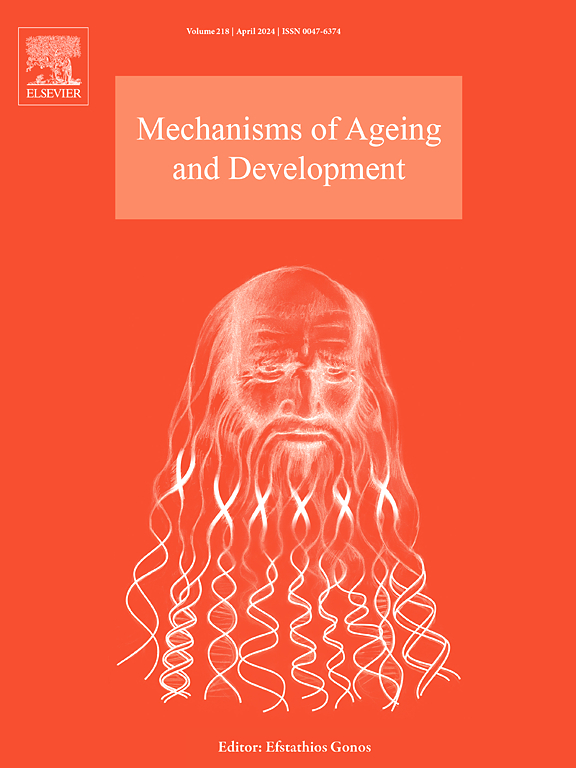Prenatal glucocorticoid exposure and congenital abdominal wall defects: Involvement of CXCR4 – SDF-1 signaling
IF 5.1
3区 医学
Q2 CELL BIOLOGY
引用次数: 0
Abstract
Developmental defects of the ventral abdominal wall, such as gastroschisis, have been associated with prenatal stress exposure. To investigate this further, dexamethasone (DEX), a synthetic glucocorticoid, was administered to fertilized chicken eggs on day 1 of incubation to simulate stress, and embryonic development was subsequently analyzed through in-situ hybridization, immunohistochemistry, and histological methods. Significant developmental abnormalities were displayed by DEX-treated embryos, including open abdomens, reduced MYOG expression in the abdominal wall, and disrupted muscle fiber formation, as indicated by altered Myosin heavy chain patterns. Additionally, early markers of muscle development, such as Pax3, and the CXCR4-SDF-1 signaling axis, crucial for the migration of myogenic precursors of the dermomyotome, were markedly affected. Significant alterations in the expression of mesenchymal markers, including Vimentin and Fibronectin in the lateral plate mesoderm, were observed, alongside alterations in Pitx2, BMP4 and TFAP2A expression. Importantly, a downregulation of Glucocorticoid Receptors was identified, emphasizing the chronic stress exposure. These results provide critical insights into how DEX interferes with key developmental pathways, particularly those involving chemokines like CXCR4 and SDF-1, and other markers of mesodermal differentiation. An advancement in the understanding of the mechanisms underlying ventral abdominal wall defects in the context of prenatal stress is provided by this research, with potential implications for preventing these congenital anomalies.
产前糖皮质激素暴露与先天性腹壁缺陷:CXCR4-SDF-1信号的参与。
腹壁发育缺陷(如胃畸形)与产前应激暴露有关。为了进一步研究这个问题,在受精卵孵化第1天给受精卵注射合成糖皮质激素地塞米松(DEX)来模拟应激,随后通过原位杂交、免疫组化和组织学方法分析胚胎发育情况。经DEX处理的胚胎显示出明显的发育异常,包括腹部张开、腹壁MYOG表达减少、肌纤维形成中断(肌球蛋白重链模式改变)。此外,肌肉发育的早期标志物(如 Pax3)和 CXCR4-SDF-1 信号轴也受到明显影响,而 CXCR4-SDF-1 信号轴对真皮肌瘤肌原前体的迁移至关重要。除了 Pitx2、BMP4 和 TFAP2A 的表达发生变化外,还观察到包括侧板中胚层中的波形蛋白(Vimentin)和纤连蛋白(Fibronectin)在内的间质标记物的表达发生了显著变化。重要的是,发现糖皮质激素受体下调,强调了慢性应激暴露。这些结果提供了关于DEX如何干扰关键发育途径的重要见解,特别是那些涉及趋化因子(如CXCR4和SDF-1)及其他中胚层分化标志物的途径。这项研究加深了人们对产前应激背景下腹壁缺损机制的认识,对预防这些先天性畸形具有潜在的意义。
本文章由计算机程序翻译,如有差异,请以英文原文为准。
求助全文
约1分钟内获得全文
求助全文
来源期刊
CiteScore
11.10
自引率
1.90%
发文量
79
审稿时长
32 days
期刊介绍:
Mechanisms of Ageing and Development is a multidisciplinary journal aimed at revealing the molecular, biochemical and biological mechanisms that underlie the processes of aging and development in various species as well as of age-associated diseases. Emphasis is placed on investigations that delineate the contribution of macromolecular damage and cytotoxicity, genetic programs, epigenetics and genetic instability, mitochondrial function, alterations of metabolism and innovative anti-aging approaches. For all of the mentioned studies it is necessary to address the underlying mechanisms.
Mechanisms of Ageing and Development publishes original research, review and mini-review articles. The journal also publishes Special Issues that focus on emerging research areas. Special issues may include all types of articles following peered review. Proposals should be sent directly to the Editor-in-Chief.

 求助内容:
求助内容: 应助结果提醒方式:
应助结果提醒方式:


